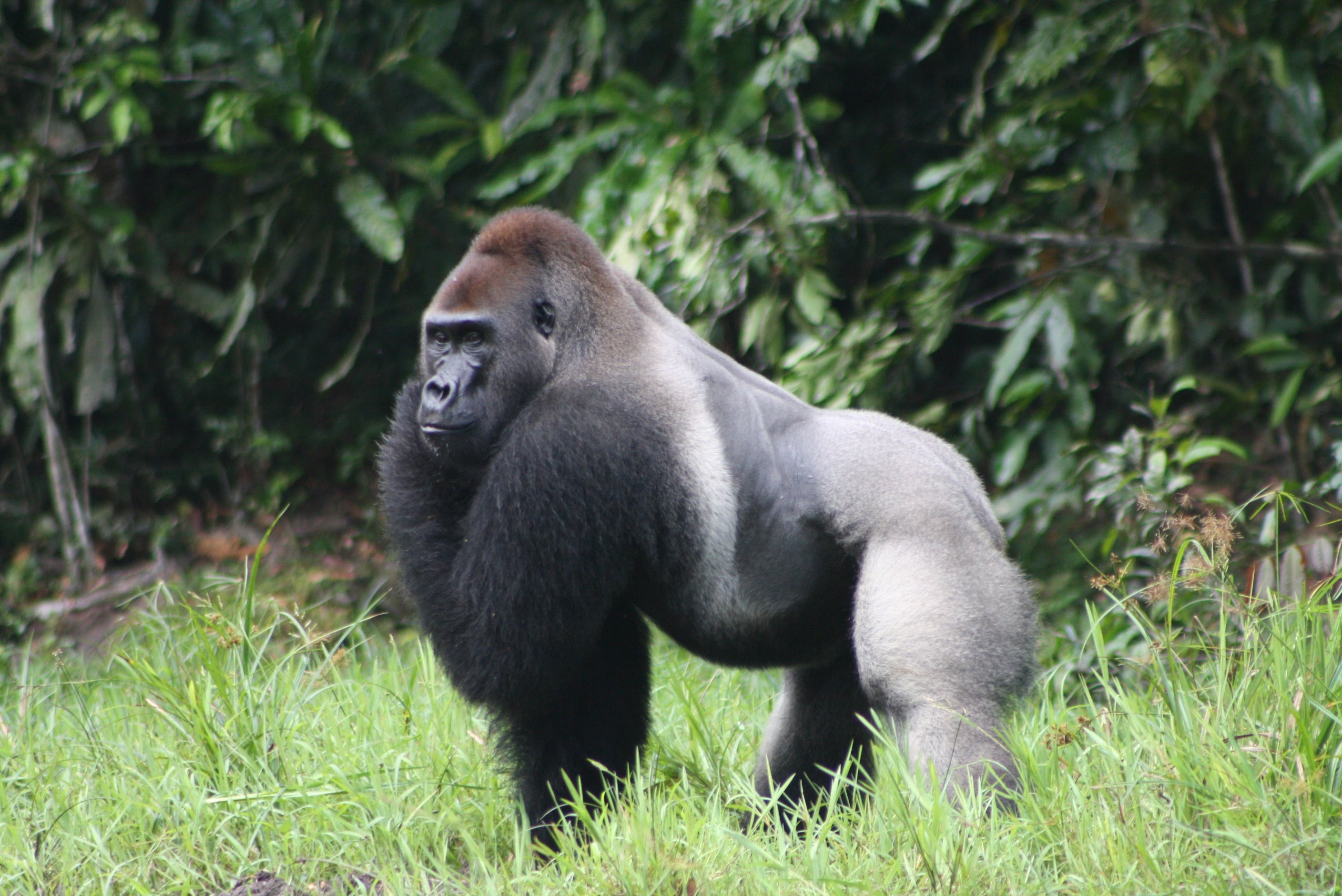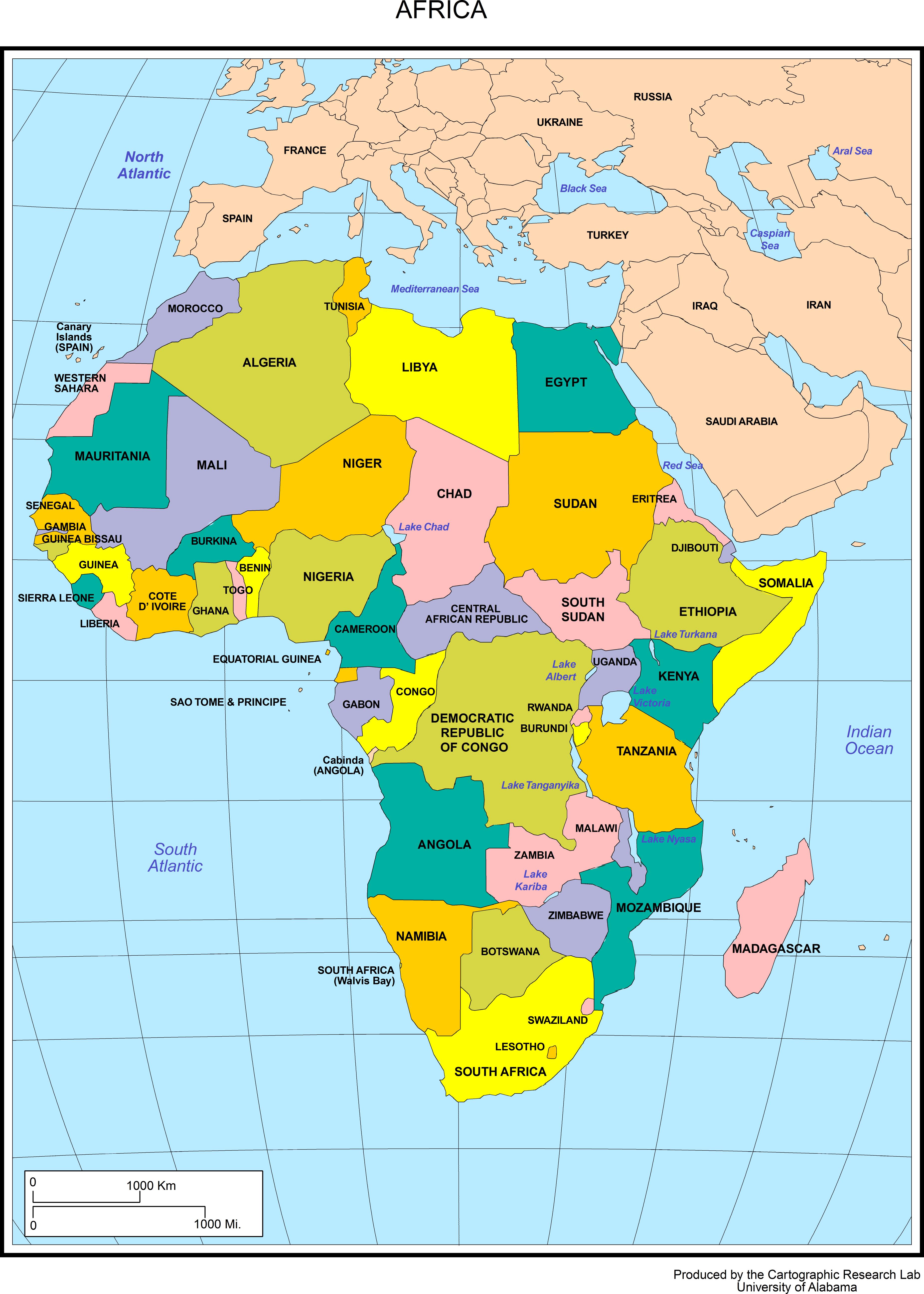
Welcome back! During this
post we are going to discuss gorillas, and more specifically the Eastern
Lowland Gorilla. Gorillas have four subspecies: the Mountain Gorilla, the Cross
River Gorilla, the Western Lowland Gorilla, and of course the Eastern Lowland
Gorilla. All of these subspecies are endangered.
Endangered means any species that is considered at very high risk of extinction, or no longer existing, in
the wild. This definition means that all living things can become endangered or
extinct from animals to plants. The Eastern Lowland Gorilla is considered
critically endangered which means that their species needs help.
 The Eastern Lowland
Gorilla is the largest gorilla species. It is known for its large hands, stocky
body, and short snout. Fun fact, did you know that a gorilla’s snout is
completely one of a kind? It’s similar to how know to human’s finger prints are
never the exact same so scientists use the gorillas’ muzzles as a form of
identification. Despite their large size, Eastern Lowland Gorillas are
herbivores and enjoy fruits and other herbaceous foods just like the other subspecies.
To find their food, these gorillas live in the Democratic Republic of Congo,
all the way in the center of Africa. They live specifically in the lowland tropical
eastern rain forest as their name would suggest.
The Eastern Lowland
Gorilla is the largest gorilla species. It is known for its large hands, stocky
body, and short snout. Fun fact, did you know that a gorilla’s snout is
completely one of a kind? It’s similar to how know to human’s finger prints are
never the exact same so scientists use the gorillas’ muzzles as a form of
identification. Despite their large size, Eastern Lowland Gorillas are
herbivores and enjoy fruits and other herbaceous foods just like the other subspecies.
To find their food, these gorillas live in the Democratic Republic of Congo,
all the way in the center of Africa. They live specifically in the lowland tropical
eastern rain forest as their name would suggest.
The Democratic Republic
of Congo has been experiencing conflict which has led to decreased rain forest
size so that the Eastern Lowland Gorilla has less space to live. In the past
fifty years, its rain forest has decreased 3,500 square miles which is the size
of Puerto Rico. Another factor affecting the Eastern Lowland Gorilla is poaching which is the illegal hunting
of an animal. People hunt gorillas and then sell them or their body parts to
the highest bidder depending on what the buyer wants. Due to these and other
factors, the Eastern Lowland Gorilla population has decreased fifty percent
since the mid-1990s. Local officials and organizations such as the World
Wildlife Foundation are reinforcing laws forbidding poaching and trying to
revitalize the gorillas’ habitat. To help endangered species, we first need to
educate ourselves on the species at risk and change our own habits. This includes
sharing information with others. It can be as small as talking to your parents,
siblings, friends, or posting a blog about endangered species. The more people
who are aware of these endangered species, the more we can help. Find a species
you are passionate about and learn about them, such as how I feel about
gorillas. To learn more about gorillas or other endangered species, you can
visit sites such as the World Wildlife Foundation which I am leaving a link
for.

References:
"Eastern Lowland
Gorilla." WWF. World Wildlife Fund, 2017. Web. 12 Apr. 2017.
No comments:
Post a Comment